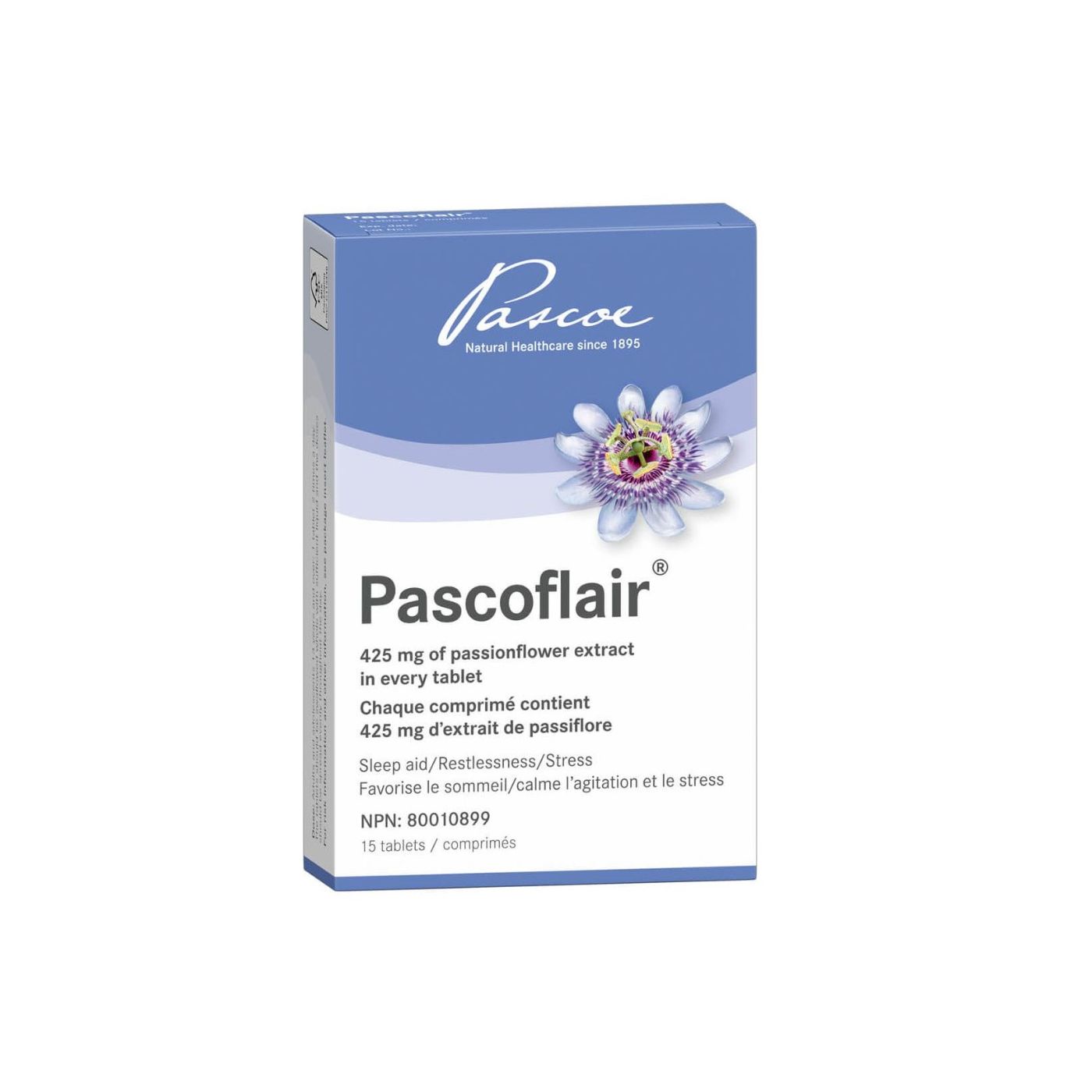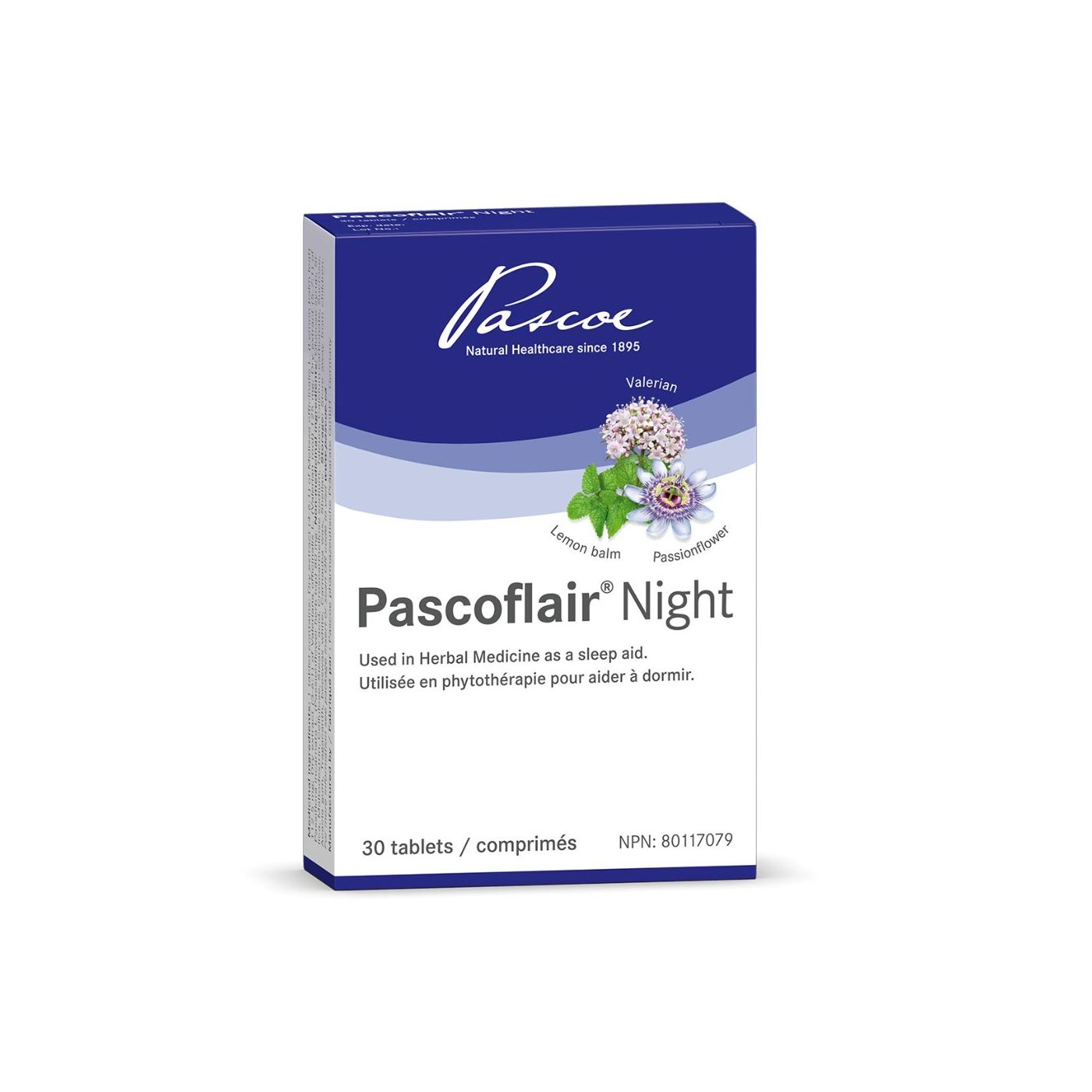What To Do if Your Mind is Racing Before Bed
It’s bedtime. You complete your bedtime routines, put on your pyjamas and get into bed. You’re tired, but once you turn out the lights, your brain just won’t shut off.
You look over at the clock and quickly calculate how many hours of sleep you can get before you have to be up again. Maybe it’s disheartening, and the pressure to sleep increases, making it that much harder to fall asleep.
If you’ve been there, dealt with issues falling asleep, you can’t stay asleep through the night, or even dealt with chronic insomnia, here are a few recommendations for calming the mind and body before you try to fall asleep.
Start first thing in the morning
Our sleep patterns begin as soon as we wake up in the morning. The body’s circadian rhythm - the cycle of alertness and drowsiness - works symbiotically, rhythmically and cyclically. At the beginning of the day, our bodies produce cortisol, encouraging feelings of awakeness and alertness. As the sun begins to go down, our bodies will naturally produce melatonin, a hormone responsible for helping us fall asleep.


In order to work with this natural rhythm, our body responds to daylight and darkness, knowing it is time to be awake and alert as the sun rises, and to get drowsier as darkness creeps in. Work with this natural rhythm to the best of your ability to help encourage a good night’s sleep.
Upon waking, get outside and into the daylight as soon as you can. This attunes the body to the wakefulness of daytime. Alternately, by turning down the lights and stepping away from blue light sources in the evening, we encourage melatonin production, remedying sleep disorders and improving sleep quality.
Nutrition and Supplementation
Other natural home remedies to fall asleep more easily include the food we eat throughout the day, as well
as herbal supplementation. There are a number of herbs like passionflower, lemon balm, and
valerian root that naturally encourage relaxation and restorative sleep.
Supporting blood sugar balance
throughout the day is vital to sustaining healthy energy levels, avoiding blood
sugar crutches and getting a good night’s sleep.
A blood sugar supportive meal should include; one quarter
of your plate as protein, one quarter complex carbohydrates (or starchy vegetables like potatoes, corn, squash, and
beans) and half of the plate non-starchy vegetables (dark leafy greens, broccoli, cabbage, cauliflower, peppers,
eggplant, and tomatoes), as well as a thumb-sized amount of healthy fat.
Supporting blood sugar means
taking foods that break down quickly into sugars and pairing them with other foods that are broken down
into fuel more slowly. This slows the overall spike of sugar in our blood stream.


Think of the protein, fibre, and fat as an old, tired dog that doesn’t want to walk any further. It drags you down, slowing the pace of your walk. But when it comes to blood sugar, this is a good and helpful pace.
Simple carbohydrates and sugars in general, when eaten alone, are that same dog, but younger and more excited, chasing a squirrel down the street. You’re being pulled down the street at a breakneck speed. Sounds harder to manage and a bit more stressful, doesn’t it?
By balancing each meal with these blood sugar supportive proportions, blood sugar levels should remain fairly stable (unless you suffer from diabetes, insulin resistance, or other blood sugar related dysfunctions) throughout the day. As a result, you will experience more sustained energy, and sleep will come more easily at night.
Blood sugar should rise and fall like a very gentle roller coaster. It rises after we take in fuel at mealtime, and falls as we work through that fuel afterwards. If we spike our blood sugar too significantly, it drops off more dramatically, leaving us feeling sluggish and unmotivated, or reaching for an energy boost.
Common energy boosts when we’re on a more dramatic blood sugar roller coaster include sugar and caffeine. While these will give us a temporary boost, they are not sustaining forms of energy. In order to sustain energy, we need to give our bodies slower burning energy.
Another way to help sustain energy and get better rest at night is to avoid heavy carbohydrate meals in the evening. Insulin, the hormone responsible for delegating sugar as energy to the different parts of the body, responds better to incoming sugars earlier in the day. Higher carbohydrates meals are better used as fuel when eaten in the morning. Pair them with protein, fibre or healthy fat, and this meal should sustain you through until lunch.
Having pasta on its own in the evening, however, will spike blood sugar, making it harder to fall asleep or waking us up after only a few hours of sleep. Both hinder a night of continuous rest and rejuvenation.
Journaling
If your mind simply won’t stop racing and you’re having trouble sleeping, pour yourself a cup of lemon balm, chamomile, valerian, or other sleepy time tea and write down your racing thoughts. Keeping a sleep diary helps reduce overall restlessness, as well as symptoms of nervousness.
A short term solution can be to get into a meditative state, write out your thoughts and then leave them on the page. Sometimes simply writing them down allows your mind to leave them alone for the night, so that you can get some sleep.
Try simple journal prompts that focus on gratitude. Highlighting positivity shifts us away from stress and negativity, reduces cortisol and brings about mental relaxation.
Sleep problems may be associated with times of increased stress or anxiety, but can also be the result of generalized nervousness disorders, in which case, professional assistance may be required.
Yoga
Yoga, and other forms of physical movement, can support sleep and wakefulness by supporting overall physical wellbeing. Regular movement and exercise encourages the body’s natural processes and optimal functioning, including blood sugar regulation, cortisol production in the morning, and melatonin production for deeper relaxation in the evening.
The long term effects of a consistent yoga practice is far superior than any dietary supplements. Gentle, regular movement releases areas of tension, helps encourage physical and mental relaxation, and lowers our stress levels. Complement this practice with relaxing essential oils like lavender, rose, or chamomile.
The side effects of poor sleep and a racing mind are increased stress and poor physical functioning that can develop into overall dysfunctions, disorders and illness. Sleep is a restorative time for the body when we rest, rejuvenate and repair from the day’s activities. Implementing these four habits can make a drastic difference to our ability to fall asleep and stay asleep through the night.
If you’re still having issues, you may require additional support. Restfulness in the evening, both mental and physical, also always requires reducing the consumption of stimulants and getting in tune with our natural bodily rhythms of wakefulness and restfulness. Sound easier said than done? Start with one recommendation and slowly build on. It will be well worth the effort!
Disclaimer
Pascoe Canada does not offer health or medical advice as we are not a healthcare practitioner. Please speak with your healthcare practitioner before beginning any program related to nutrition, diet, exercise, fitness, medical, and/or wellness. All content published by Pascoe Canada is developed through collaborating with licensed medical professionals and contributors. This includes text, graphics, images, and other material on the website, newsletter, and products (“Content”). This content is for informational purposes only and does not constitute medical advice. The content does not substitute professional medical advice, diagnosis, or treatment. Please always do your own research on whether this is for you along with your healthcare practitioner advice. Always consult your healthcare practitioner prior to using specific herbs because you might have underlying conditions that need professional care. The content is general in nature and is subject to change. It is not intended to cover all possible uses, directions, precautions, warnings, drug interactions, allergic reactions, or adverse effects.




